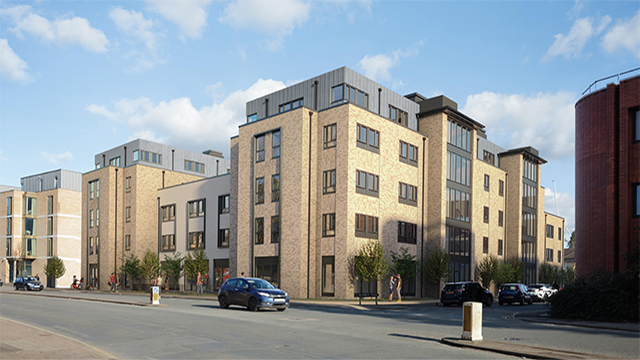South Korean investment forecast to hit more than £4bn in 2018
South Korean investment in the UK hit £1.1bn during the first half of 2018 and could hit more than £4bn by the end of the year, compared with the £540m invested in 2017, according to Cushman & Wakefield.
This surge in investment from South Korea is due to regulatory changes which has encouraged outward investment and has been focused mainly on central London office assets, but it is still shy of the £1.7bn and £1.2bn of investment into the UK in the first half of the year from Hong Kong and China respectively.
South Korean investors in the first half of 2018 have also purchased in hotel brands including The Dorchester and London Hilton on Park Lane and C&W expects this investment to continue as a number of investors are still looking for the mezzanine tranches of capital in hotels across Europe and the UK.
South Korean investment in the UK hit £1.1bn during the first half of 2018 and could hit more than £4bn by the end of the year, compared with the £540m invested in 2017, according to Cushman & Wakefield.
This surge in investment from South Korea is due to regulatory changes which has encouraged outward investment and has been focused mainly on central London office assets, but it is still shy of the £1.7bn and £1.2bn of investment into the UK in the first half of the year from Hong Kong and China respectively.
South Korean investors in the first half of 2018 have also purchased in hotel brands including The Dorchester and London Hilton on Park Lane and C&W expects this investment to continue as a number of investors are still looking for the mezzanine tranches of capital in hotels across Europe and the UK.
“The Koreans have only started to buy again in London in 2018 as there had been concerns on the impact on the UK market following the vote to leave the EU,” said Jonghan Kim from Cushman & Wakefield’s EMEA capital markets team.
“This was coupled with the fact that continental Europe was performing well and had exceptionally low costs of finance.
“Hedging premiums have also played a factor. As a result, the focus was on major continental centres such as Paris, Brussels and the German cities.
“However, the UK has come back on the agenda in 2018 in a big way as yields start to show relative value compared to other mainland European locations.”
Argie Taylor, head of APAC cross border capital markets at Cushman & Wakefield, added: “In the past, a lot of Korean investment at the equity end of the capital stack has gone to the US and Australian markets but today there is little or no arbitrage gain with financing, further strengthening the weight of equity coming to Europe.
Achievable returns
“Korean return hurdles are achievable across Europe, whether inside the Eurozone or not, and therefore we expect to see Korean capital continuing to be a major investor group in both UK and European markets.
“South Korea has a population of just over 51m today and is close to entering the top 10 countries in terms of GDP. With its world leading education system, the workforce continues to drive the institutional investor demand and the retail markets.
“We expect the weight of outbound investment to remain strong; where they invest this capital will very much depend on the returns achievable at both the equity and debt end of the stack.”
To send feedback, e-mail Louise.Dransfield@egi.co.uk or tweet @DransfieldL or @estatesgazette










